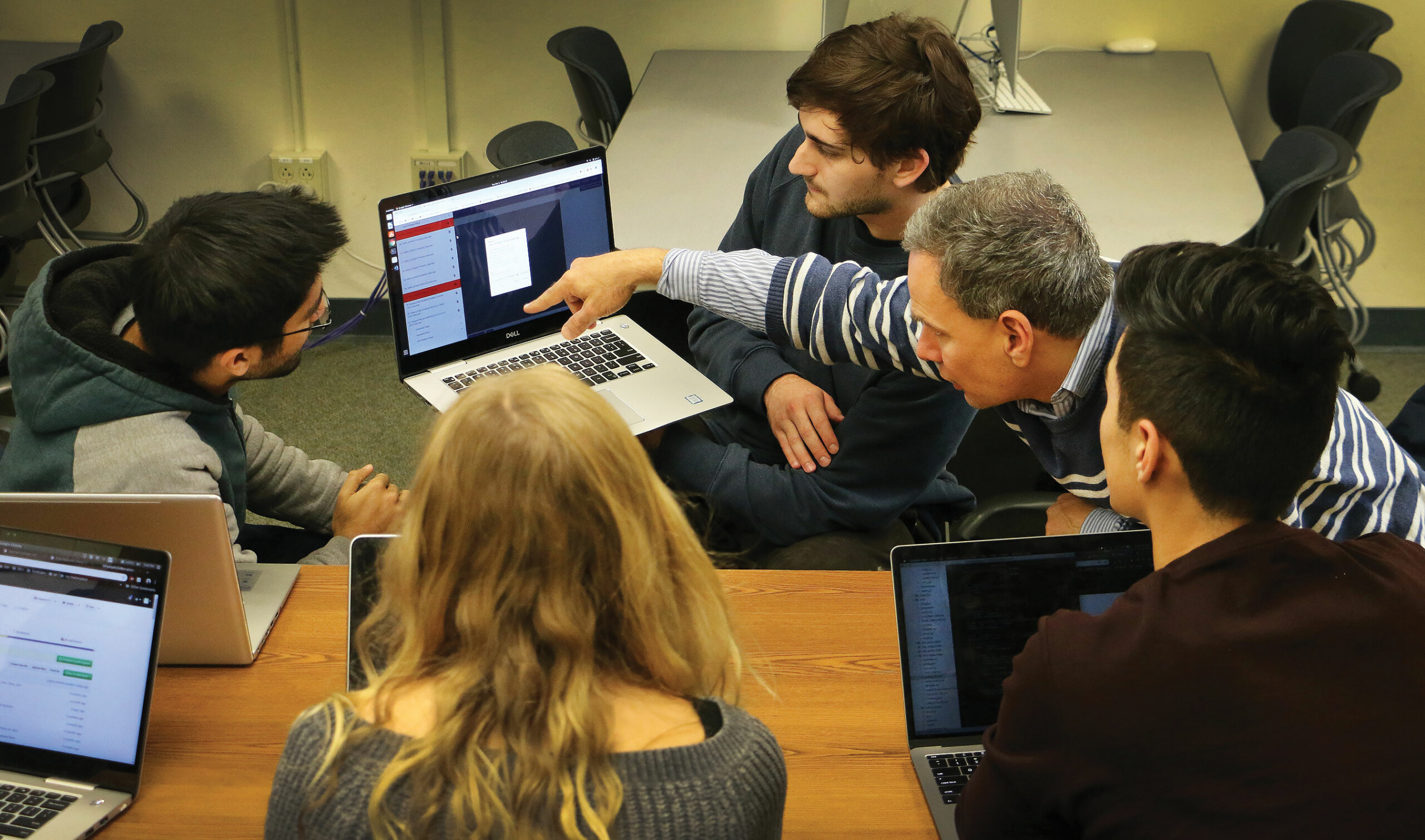A tech-savvy and wealthy student population attends California Polytechnic State University (Cal Poly), which is midway between Los Angeles and San Francisco. The average Cal Poly student, according to Bill Britton, vice president of information technology, is connected to ten IP addresses across their smartphones, computers, tablets, wearables, and other devices. Some of the 22,000 students are launching tiny enterprises and testing new applications via wireless networks. It sometimes seems like students are out to “break the internet,” according to Britton.
The connection environment at Cal Poly also includes about 3,000 faculty and staff members, networked HVAC systems, and an innovation centre where researchers and students develop software to address problems like drug overdoses and cattle infertility.
“We have Fitbits on our chickens,” said Britton. Biometric data indicates when the hen is ready to lay an egg, he explained, adding that across the campus there are tens of thousands of other innovative use cases for wireless technology.
Britton claimed he has three methods for maintaining campus connectivity: fiber-fed Wi-Fi, Ethernet, and cellular. Additionally, he is connected to AWS, which has provided the Digital Innovation Hub at Cal Poly with Amazon Snowball and Snowcone edge devices. These pieces of tough infrastructure enable remote locations to access AWS computation and storage.
In order to build a distributed private 5G network in collaboration with Federated Wireless, Cal Poly is now deploying 5G core network software to AWS edge devices. The CBRS spectrum is used by the network with General Authorized Access. The software that facilitates access to the shared frequency is provided by Federated Wireless, which also administers network construction, support, and upkeep. Despite being near the ocean, Cal Poly is more than 100 miles from the main naval bases in the area. (The U.S. Navy has priority access to the 3.55-3.7 GHz spectrum.)
At the moment, the Cal Poly deployment only has two radios—one inside and one outside—and is concentrated in a network innovation center. Iyad Tarazi, CEO of Federated Wireless, declined to identify the radio or antenna manufacturers, but he did mention that his company had previously collaborated with Airspan and JMA Wireless.
According to Britton, the private 5G network’s growth would be influenced by applications. He will enlarge the private network to fulfill the clearly identified demands of the campus and the wider community rather than constructing a network and hoping people will utilise it. He said that commercial businesses, including Apple, test new technology on the Cal Poly network.
Because the 5G network software is integrated with the AWS edge devices, the network will expand on campus as AWS cloud infrastructure expands. Student developers using AWS will automatically have access to 5G. And application developers will be able to test their new apps on a private network rather than on the shared campus Wi-Fi, Britton said.
But as Britton and Tarazi predicted, eventually students will have access to the private cellular network. On the private network, they aim to be able to handle standard cellular communications, which would necessitate working with the public carriers to make roaming possible. Britton has high hopes for carrier involvement. The carriers began phoning us and asking, “How do we play?” as soon as we revealed this, he said.
In order to give different KPIs to various campus constituencies—for example, one channel for students and another for campus facilities—Britton would prefer to adopt network slicing. According to him, scaling with 5G will be less expensive than the alternative as connectivity needs grow.
The entire campus would require a $20 million fibre upgrade, according to Britton. “Now, a new structure might receive a 5G drop instead.”


